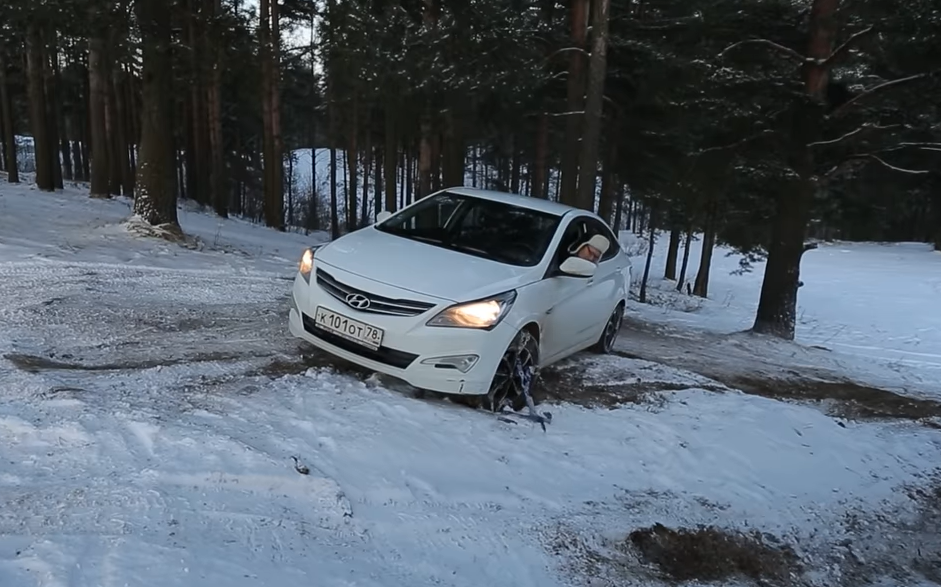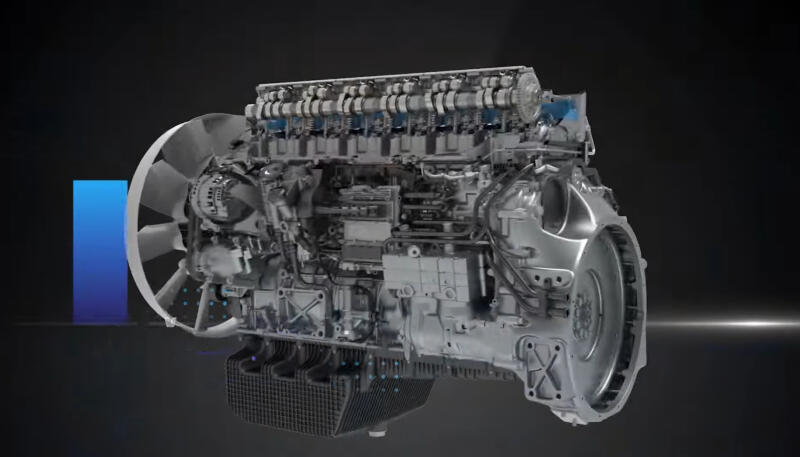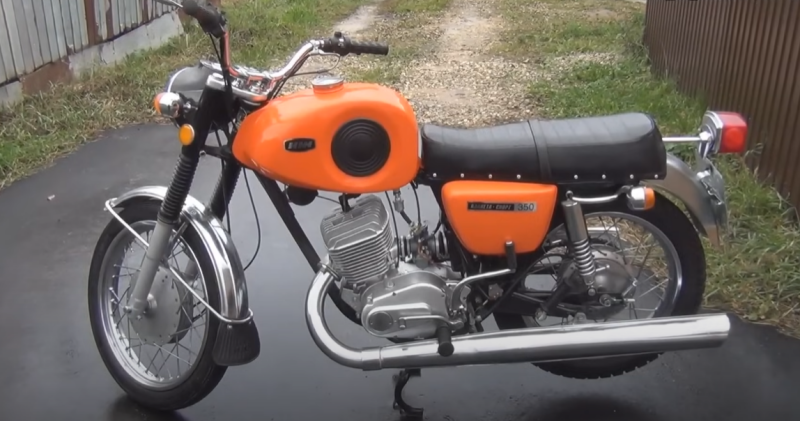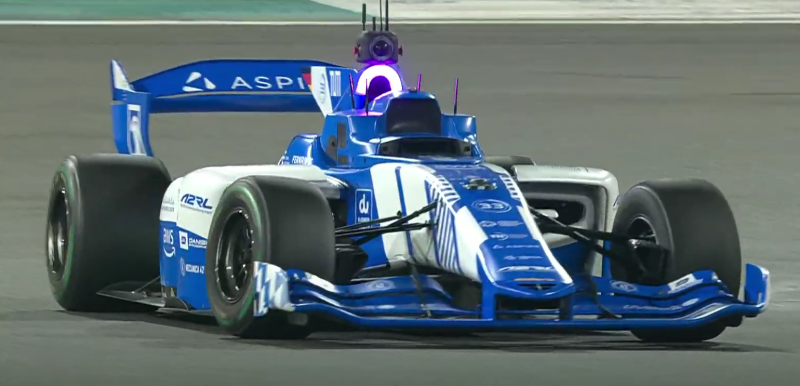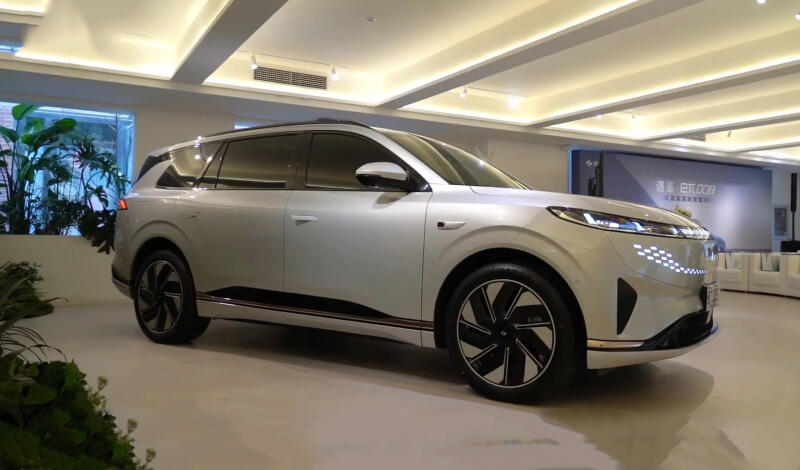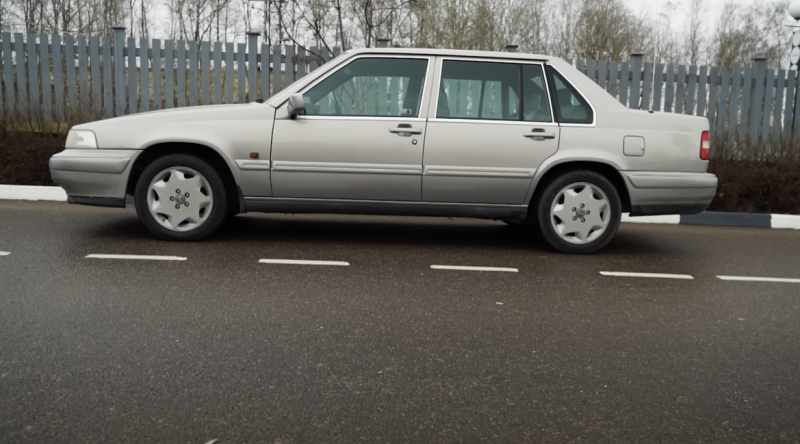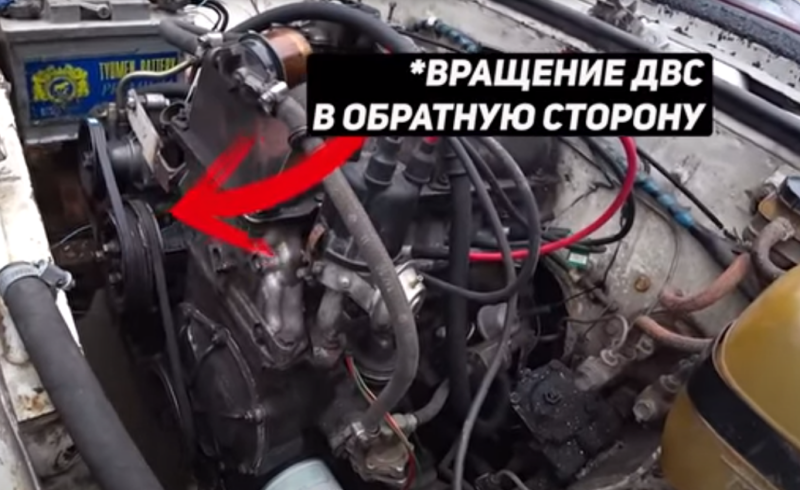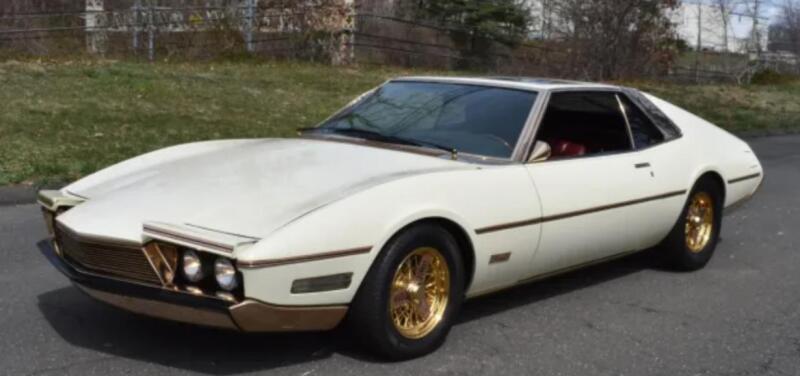What are the differences?
It would seem that the difference between studded and friction tires is obvious - the former have spikes, while the latter have a smooth surface. But the differences don't end there:
? Velcro uses soft elastic rubber with greater sipe tread blocks. Due to the verified chemical composition, rubber does not harden even in severe frost. The tread thickness is initially 8-9 mm.
? Studded tires are noticeably firmer. The tread is thick - mostly 9-11 mm, but some manufacturers increase it to 12-18 mm. This is important to prevent rapid wear so that the spikes do not push inward.
 There are tires prepared for studding. Photo: youtube.com
There are tires prepared for studding. Photo: youtube.comThe spikes are made from tungsten carbide with impurities of niobium and titanium carbide, but each manufacturer introduces its own secret components.
Friction tires work due to the increased contact patch and deep grooves. The tire literally sticks to the road surface, providing traction. The principle of operation of studded tires is clear: special anti-skid spikes are responsible for coupling and braking.
Pros and cons of studded tires
Studded tires are called the most reliable when it comes to driving on icy roads. Sharp metal rods literally bite into the ice, preventing slipping. High-quality rubber provides a shortened braking distance, improves maneuverability.
Special vigilance is required during the first run-in of studded tires. It is recommended to drive on roads with a clean and even surface, observing speed limits - it is better not to exceed the mark of 80 km / h without having traveled at least 500 kilometers.
Novice motorists are wondering if it is necessary to put spiked tires on all 4 wheels. It seems logical that even a pair of studded tires will help to slow down well. However, experts are unanimous in their opinion - this is fraught with an emergency.
A front-wheel drive car with studded tires on the front wheels will quickly move off and go through snowdrifts, but will skid when braking.
A rear-wheel drive car will start off and drive through ice and not even rolled snow, it will not turn around when decelerating, but on a slippery road it is difficult to brake quickly if only the rear wheels are “shod” in spiked tires.
There are such disadvantages of spikes:
◈ noise
◈ lack of stability on wet surfaces
◈ poor handling on clean pavement
It is also worth mentioning that studded “shoes” for a car harm the asphalt surface, which is why it was abandoned in many European countries. However, in regions with snowy winters, when motorists have to drive on icy roads, tires of this type are indispensable on rolled snow.
The quality of rubber products is of great importance. According to testing, the difference in stopping distance can be huge, depending on the conscientiousness of the manufacturer - it reaches up to 10 meters at high speed (50 km / h). At low, the results are approximately equal. There are practically no differences even between studded and friction tires - the difference in braking distance when driving at an initial speed of 25 km / h is 1-2 m.
The following studded tires are recognized as the best in the highest price category:
✅ Nokian Hakkapeliitta 9 - a brand from Finland used two types of studs, achieving extremely reliable grip during acceleration and braking, maneuvering and cornering
✅ Michelin X-Ice North 4 - the legendary French manufacturer installed a large number of studs - 250 pieces, inventing a fundamentally new tread pattern, which guarantees safety and confident driving on tracks covered with ice crust or snow crust
✅ Continental IceContact 3 - tires from Germany with soldered studs that are resistant to deformation, and the unique arrangement of the rods gives maximum grip combined with complete control when maneuvering

From left to right: Nokian Hakkapeliitta 9, Michelin X-Ice North 4, Continental IceContact 3. Photo: youtube.com
In the middle price segment, the following models inspire confidence:
✅ Hankook Winter I*Pike RS2 W429 - improved traction due to optimized tread pattern
✅ Bridgestone Ice Cruiser 7000S - dense siping guarantees traction in both longitudinal and transverse directions
✅ Pirelli Ice Zero - 3D lamellas in the shoulder area contribute to effective braking on any surface, and V-shaped channels quickly drain water if the car is driving on a wet track

From left to right: Hankook Winter I*Pike RS2 W429, Bridgestone Ice Cruiser 7000S, Pirelli Ice Zero. Photo: youtube.com
If the budget is limited, you can rely on such winter "shoes" for cars:
✅ Toyo Observe Ice-Freezer - high-amplitude 3D sipes are responsible for confident maneuvering
✅ Cordiant Snow Cross - a longitudinal rib in the center contributes to directional stability, and a pattern in the form of pointed arrows ensures water drainage
✅ Roadstone WinGuard WinSpike - Excessive lamination improves adhesion

Left to right: Toyo Observe Ice-Freezer, Cordiant Snow Cross, Roadstone WinGuard WinSpike. Photo: youtube.com
It is important to remember that studs wear out faster when driving on clean asphalt. The trick is that blunt and twisted metal rods work worse, so the car's handling is significantly reduced as it wears out.
Advantages and disadvantages of Velcro
Friction tires are effective in all weather conditions, even if the winter is snowless. In the city, you can do without spikes: the snow is regularly cleaned, reagents are used to clean the roadway. On asphalt, the maximum contact patch is provided. In motion, we feel the greatest comfort: the rubber does not make noise, the car rides softly and pleasantly, without unnecessary noise and rumble.
It is worth starting to run in ahead of time, without waiting for the onset of frost and snowfalls. Adapting to winter tires after summer tires, they do not pick up speed above 90 km / h, do not brake sharply and are careful when maneuvering.
The clutch is not without drawbacks:
◈ poor handling on ice
◈ less traffic
On icy roads, the braking distance of a car “shod” in non-studded tires can be up to 20-50% longer. If the winter is snowy, the tracks are covered with snow, there is a high probability of slipping. It should be borne in mind that handling problems are higher when a film of water appears on the surface of the road surface.
For Velcro, the chemical composition of the rubber, the adjusted tread pattern and the depth of the grooves are doubly important. Each manufacturer creates their own tires, testing them for the best performance. But experience shows that such a pattern works great when rectangular checkers dotted with small grooves are located on the surface in a checkerboard pattern.
Of Velcro, the best models in the premium price category are:
✅ Continental VikingContact 7 - the manufacturer has improved the composition of the rubber by adding rapeseed oil for resistance to temperature extremes and driving stability on any tracks
✅ Goodyear UltraGrip Ice 2 - dual rubber compound provides confidence on ice and snow, wet and dry pavement in different temperature conditions
✅ Pirelli Winter Ice Zero FR - a combination of directional tread pattern and high density 3D sipes provide peace of mind while driving on different roads

Left to right: Continental VikingContact 7, Goodyear UltraGrip Ice 2, Pirelli Winter Ice Zero FR. Photo: youtube.com
In the middle segment, the following factions deserved positive feedback:
✅ Nokian Nordman RS2 - the key to safety and confidence while riding are the uniquely shaped sipes and strong lateral support
✅ Nexen WinGuard ice Plus WH43 - 3D sipes are densely applied to the tread, increasing grip, and wide shoulder zones prevent skidding during maneuvers
✅ Marshal I Zen KW31 - sticky blocks in the central tread area contribute to stability and traction, thanks to additional notches it is easier to move on loose snow

From left to right: Nokian Nordman RS2, Nexen WinGuard ice Plus WH43, Marshal I Zen KW31. Photo: youtube.com
From inexpensive tires, you can advise:
✅ Tigar Winter - the density and reliability of contact with the roadway is increased due to irregularly shaped blocks and numerous grooves for water drainage
✅ Viatti Brina - the geometry of the tread blocks, sufficiently dense siping and drainage grooves for water drainage provide confidence when driving
✅ Belshina Artmotion Snow - for safety when driving on snowy roads, dry asphalt and snow porridge, the tires are equipped with Z-shaped bidirectional sipes

From left to right: Tigar Winter, Viatti Brina, Belshina Artmotion Snow. Photo: youtube.com
Recall that neither spikes nor the maximum contact patch of Velcro will guarantee safety when driving on winter roads. With the onset of cold weather, it is important to switch to a calm and measured driving style so as not to put your own life at risk and not pose a threat to others. For confident braking and obedience of the car during maneuvers, the degree of tire wear should be monitored. On average, rubber lasts 2-4 years. Replacement is necessary if more than 50% of all spikes have fallen out or the tread has worn down to 4-5 mm.
